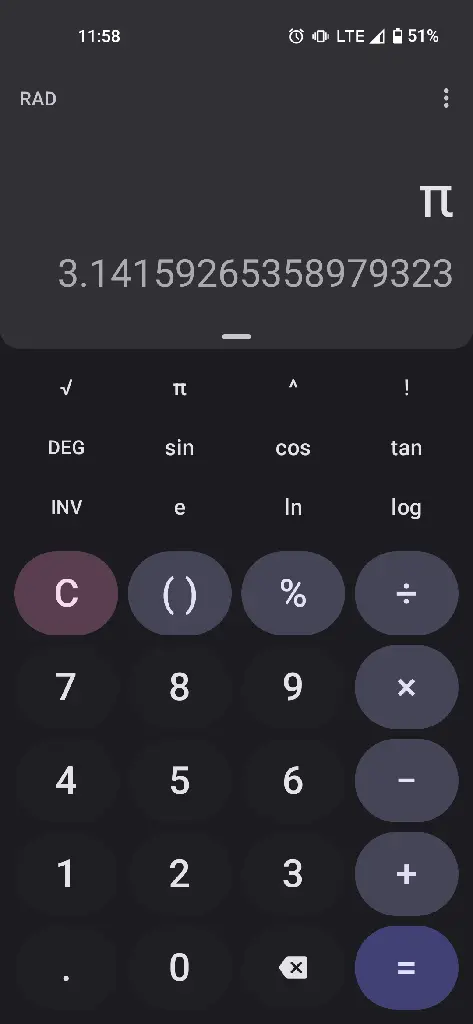What field do you work in, and how many digits of pi do you use?
What field do you work in, and how many digits of pi do you use?
This article says that NASA uses 15 digits after the decimal point, which I'm counting as 16 in total, since that's how we count significant digits in scientific notation. If you round pi to 3, that's one significant digit, and if you round it to 1, that's zero digits.
I know that 22/7 is an extremely good approximation for pi, since it's written with 3 digits, but is accurate to almost 4 digits. Another good one is √10, which is accurate to a little over 2 digits.
I've heard that 'field engineers' used to use these approximations to save time when doing math by hand. But what field, exactly? Can anyone give examples of fields that use fewer than 16 digits? In the spirit of something like xkcd: Purity, could you rank different sciences by how many digits of pi they require?
